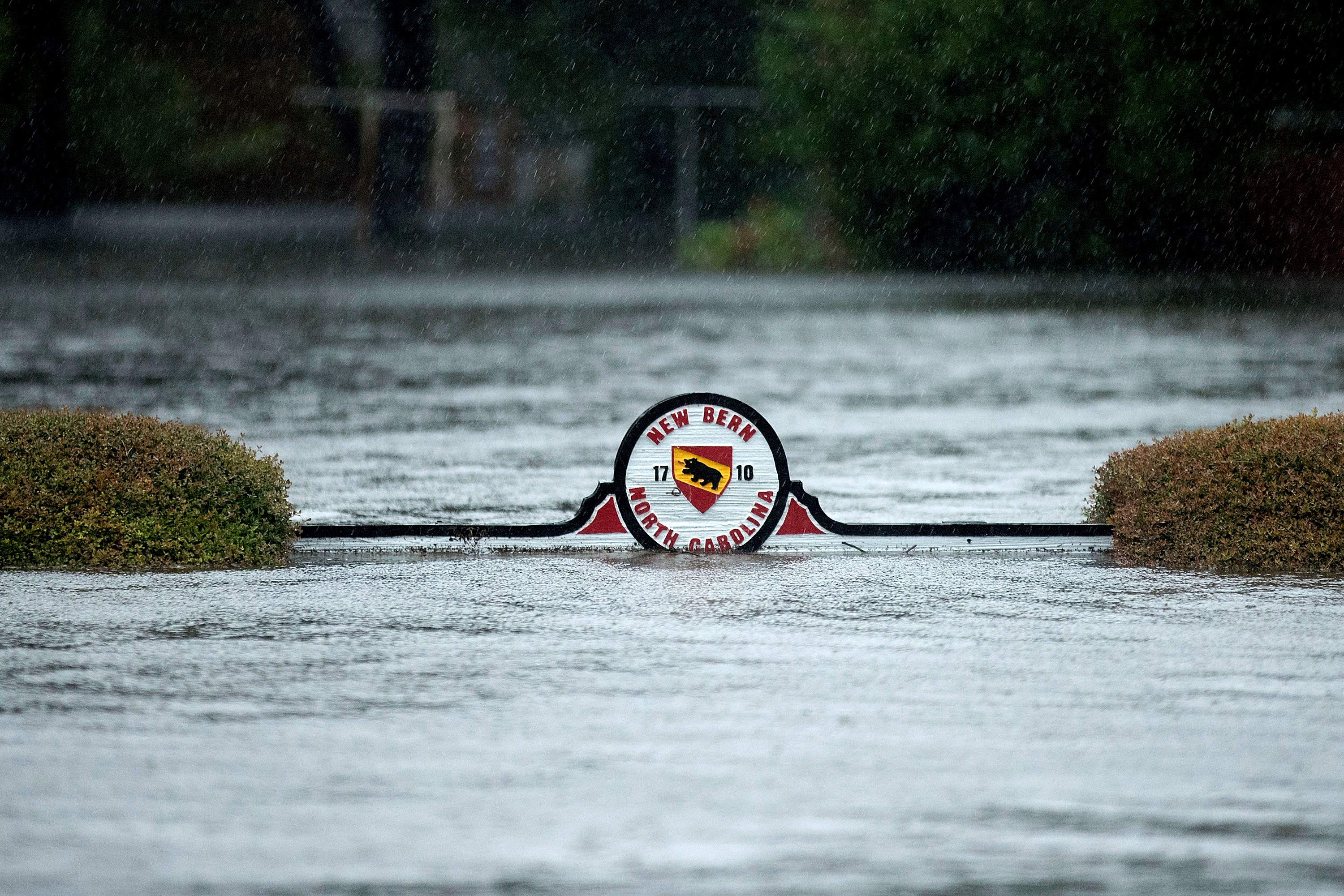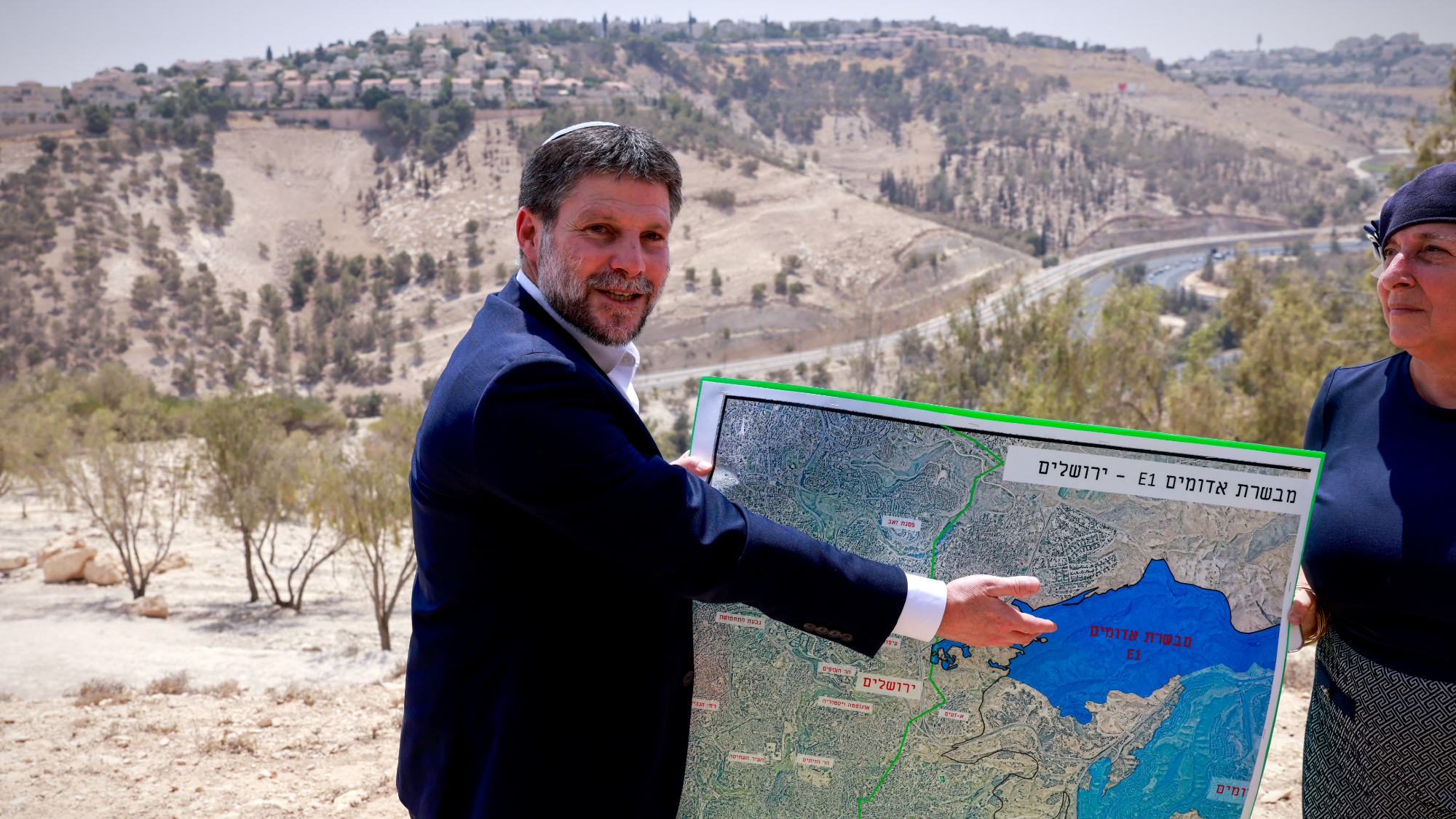How climate change causes extreme weather
Mammoth hurricanes have become more destructive and more common. What role does climate change play?

Mammoth hurricanes have become more destructive and more common. Does climate change play a role? Here's everything you need to know:
Are hurricanes worsening?
Last year brought a trio of devastating Category 4 and 5 hurricanes: Harvey dumped a record-breaking 27 trillion gallons of rain on Texas; Irma was the most intense storm to hit the continental U.S. since Katrina; and Maria's winds reached 175 mph, flattening much of the Caribbean and knocking out Puerto Rico's entire power grid. Those storms killed thousands and did hundreds of billions of dollars in damage. They were very unusual in how quickly they intensified, how slowly they moved after making landfall, and how much rainfall they produced. Continuing that trend, Hurricane Florence exploded from Category 1 to 4 in barely 24 hours, traveling an astonishing 350-plus miles each day before slowing to an ominous crawl as it neared the Carolinas. The intensity of storms is growing so markedly that meteorologists have considered adding a Category 6 label in anticipation of future epic storms.
The Week
Escape your echo chamber. Get the facts behind the news, plus analysis from multiple perspectives.

Sign up for The Week's Free Newsletters
From our morning news briefing to a weekly Good News Newsletter, get the best of The Week delivered directly to your inbox.
From our morning news briefing to a weekly Good News Newsletter, get the best of The Week delivered directly to your inbox.
Is that because of global warming?
Scientists have debated the connection for years, but new research has provided strong evidence for that conclusion. Because Harvey crossed the Gulf of Mexico when waters were abnormally calm, scientists could collect highly specific data about ocean conditions before and after the storm. They found that energy leaving the ocean in the form of water vapor equaled the amount of energy dropped in rain — the first time that's been documented. There are two simple reasons why warmth exacerbates hurricanes. First, for every 1.8-degree Fahrenheit increase in temperature, the atmosphere can hold up to 10 percent more water. Second, a warmer ocean gives off more vapor, and the Gulf of Mexico was several degrees hotter than usual, leading scientists to estimate Harvey's rainfall was up to 38 percent greater than it would have been otherwise.
How else are storms changing?
In June, Nature published the first study to analyze hurricane speeds worldwide. It found that hurricanes move about 10 percent more slowly over land than they did 50 years ago. The study's author, James Kossin, a scientist at the U.S. National Oceanic and Atmospheric Administration (NOAA), believes slower-moving hurricanes result from changes in wind currents caused by global warming. Naturally, more time lingering over land means more damage, and Kossin says a 10 percent reduction in hurricane speed corresponds with a 10 percent increase in rainfall. Warming also affects ocean currents, which could begin producing storms farther from the equator; as a result, hurricane season, now June 1 through November, could expand from late spring to winter. Warmer waters, however, can cause an "intensity-frequency trade-off," in which there are more severe storms but fewer weak ones.
A free daily email with the biggest news stories of the day – and the best features from TheWeek.com
How bad could things get?
Researchers at NOAA use supercomputers to simulate the effects of climate change on hurricanes. From 2016 to 2035, they project more hurricanes in general and 11 percent more Category 3, 4, and 5 hurricanes. By the end of the century, they expect 20 percent more of the worst storms, some with winds above 190 mph. The flooding from hurricanes will also worsen as sea levels rise because of global warming. Sea levels are rising faster than at any time in the past 2,000 years, yet even with that in mind, geological scientist Andrea Dutton says, "projections give you a false sense of security." A crisis might look decades away, "but in reality, it can happen much faster."
How can we plan accordingly?
Experts champion "resilient infrastructure," with buildings, roads, hospitals, and power systems all designed to endure disasters. Taiwan is an exemplar; it experienced four typhoons in 2015 but was fully operational within about four days after each storm. A 2017 study by the nonprofit National Institute of Building Sciences found that every dollar spent on hazard prevention saves $6 in future costs. Some pre-emptive planning specifically takes global warming into account. In 2015, President Obama issued an executive order requiring the federal government to take flood risk and climate change into account before committing funds for new public infrastructure projects, such as hospitals, roads, and bridges. That could have major consequences for many coastal areas. Climate scientists, for example, have predicted the sea level along the North Carolina coast could rise by a catastrophic 39 inches by 2100.
Has North Carolina taken action?
Yes, but only by passing a law preventing state officials from using the prediction of rising sea levels to make coastal development decisions. More recently, President Trump reversed Obama's executive order, so that federally funded construction projects do not have to take climate change into account. Scott Pruitt, Trump's former Environmental Protection Agency director, called it "insensitive" to discuss climate change when a hurricane strikes. Irwin Redlener, director of Columbia University's National Center for Disaster Preparedness, warns that we continue to ignore what nature is telling us at our peril. "We keep calling these storms a wake-up call, but they keep turning into a snooze alarm," Redlener said. "When the cameras go away, we slip into complacency."
Flood coverage drowning in debt
More than 5 million Americans receive flood insurance from the Federal Emergency Management Agency through a 50-year-old program that's more than $20 billion in debt. Last year alone, it paid out $8.7 billion to policyholders, leading Congress to forgive $16 billion the program owed to the federal government. Yet despite the increasing costliness of covering floods as sea levels rise and hurricanes grow more severe, a bill to update FEMA's insurance setup remains stalled in Congress. The 21st Century Flood Reform Act passed the House last November, and would limit coverage for high-risk properties, expand opportunities for private policies, and authorize financing to mitigate flood damage. But the bill has gone nowhere in the Senate. Most standard homeowner insurance policies don't cover flood damage, and many homeowners in the Carolinas who could be affected by Hurricane Florence live outside a FEMA-designated high-risk flood zone, where flood insurance is required. In fact, earlier this year a study found that 40.8 million Americans are now exposed to serious flooding — roughly three times more than the government projected.
-
 Israel approves new West Bank settlements
Israel approves new West Bank settlementsSpeed Read The ‘Israeli onslaught has all but vanquished a free Palestinian existence in the West Bank’
-
 CBS pulls ‘60 Minutes’ report on Trump deportees
CBS pulls ‘60 Minutes’ report on Trump deporteesSpeed Read An investigation into the deportations of Venezuelan migrants to El Salvador’s notorious prison was scrapped
-
 Trump administration posts sliver of Epstein files
Trump administration posts sliver of Epstein filesSpeed Read Many of the Justice Department documents were heavily redacted, though new photos of both Donald Trump and Bill Clinton emerged
-
 How Bulgaria’s government fell amid mass protests
How Bulgaria’s government fell amid mass protestsThe Explainer The country’s prime minister resigned as part of the fallout
-
 Femicide: Italy’s newest crime
Femicide: Italy’s newest crimeThe Explainer Landmark law to criminalise murder of a woman as an ‘act of hatred’ or ‘subjugation’ but critics say Italy is still deeply patriarchal
-
 Brazil’s Bolsonaro behind bars after appeals run out
Brazil’s Bolsonaro behind bars after appeals run outSpeed Read He will serve 27 years in prison
-
 Americans traveling abroad face renewed criticism in the Trump era
Americans traveling abroad face renewed criticism in the Trump eraThe Explainer Some of Trump’s behavior has Americans being questioned
-
 Nigeria confused by Trump invasion threat
Nigeria confused by Trump invasion threatSpeed Read Trump has claimed the country is persecuting Christians
-
 Sanae Takaichi: Japan’s Iron Lady set to be the country’s first woman prime minister
Sanae Takaichi: Japan’s Iron Lady set to be the country’s first woman prime ministerIn the Spotlight Takaichi is a member of Japan’s conservative, nationalist Liberal Democratic Party
-
 Russia is ‘helping China’ prepare for an invasion of Taiwan
Russia is ‘helping China’ prepare for an invasion of TaiwanIn the Spotlight Russia is reportedly allowing China access to military training
-
 Interpol arrests hundreds in Africa-wide sextortion crackdown
Interpol arrests hundreds in Africa-wide sextortion crackdownIN THE SPOTLIGHT A series of stings disrupts major cybercrime operations as law enforcement estimates millions in losses from schemes designed to prey on lonely users